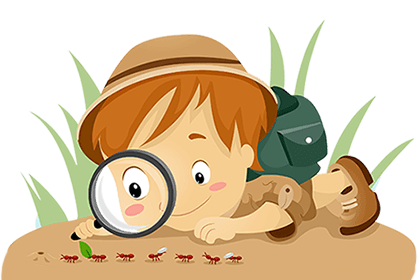Stamp: 530th Anniv. of the Arrival of Ch. Columbus in the Bahamas (Guinea 2022)
530th Anniv. of the Arrival of Ch. Columbus in the Bahamas (Guinea 2022)
25 March (Guinea ) within release 530th Anniv. of the Arrival of Ch. Columbus in the Bahamas goes into circulation Stamp 530th Anniv. of the Arrival of Ch. Columbus in the Bahamas face value 60,000 West African CFA franc
| Stamp 530th Anniv. of the Arrival of Ch. Columbus in the Bahamas in catalogues | |
|---|---|
| Colnect codes: | Col: GN 2022.03.25-36a |
Stamp is square format.
Stamp from souvenir sheet. Although this issue was authorized by the Guinea postal administration, it was not sold in Guinea, but only distributed by the Guinea philatelic agency Stamperija for distribution onto the philatelic market. This item was excessively produced making it of little to no philatelic value.Also in the issue 530th Anniv. of the Arrival of Ch. Columbus in the Bahamas:
- Mini Sheet - 530th Anniv. of the Arrival of Ch. Columbus in the Bahamas face value 4*16500;
- Stamp - 530th Anniv. of the Arrival of Ch. Columbus in the Bahamas face value 16,500;
- Stamp - 530th Anniv. of the Arrival of Ch. Columbus in the Bahamas face value 16,500;
- Stamp - 530th Anniv. of the Arrival of Ch. Columbus in the Bahamas face value 16,500;
- Stamp - 530th Anniv. of the Arrival of Ch. Columbus in the Bahamas face value 16,500;
- Stamp - 530th Anniv. of the Arrival of Ch. Columbus in the Bahamas face value 60,000;
- Souvenir Sheet - 530th Anniv. of the Arrival of Ch. Columbus in the Bahamas face value 60,000;
Stamp 530th Anniv. of the Arrival of Ch. Columbus in the Bahamas it reflects the thematic directions:
Exploration is the process of exploring, an activity which has some expectation of discovery. Organised exploration is largely a human activity, but exploratory activity is common to most organisms capable of directed locomotion and the ability to learn, and has been described in, amongst others, social insects foraging behaviour, where feedback from returning individuals affects the activity of other members of the group
A map is a symbolic depiction emphasizing relationships between elements of some space, such as objects, regions, or themes. Many maps are static, fixed to paper or some other durable medium, while others are dynamic or interactive. Although most commonly used to depict geography, maps may represent any space, real or imagined, without regard to context or scale, such as in brain mapping, DNA mapping, or computer network topology mapping. The space being mapped may be two dimensional, such as the surface of the earth, three dimensional, such as the interior of the earth, or even more abstract spaces of any dimension, such as arise in modeling phenomena having many independent variables. Although the earliest maps known are of the heavens, geographic maps of territory have a very long tradition and exist from ancient times. The word "map" comes from the medieval Latin Mappa mundi, wherein mappa meant napkin or cloth and mundi the world. Thus, "map" became the shortened term referring to a two-dimensional representation of the surface of the world.


